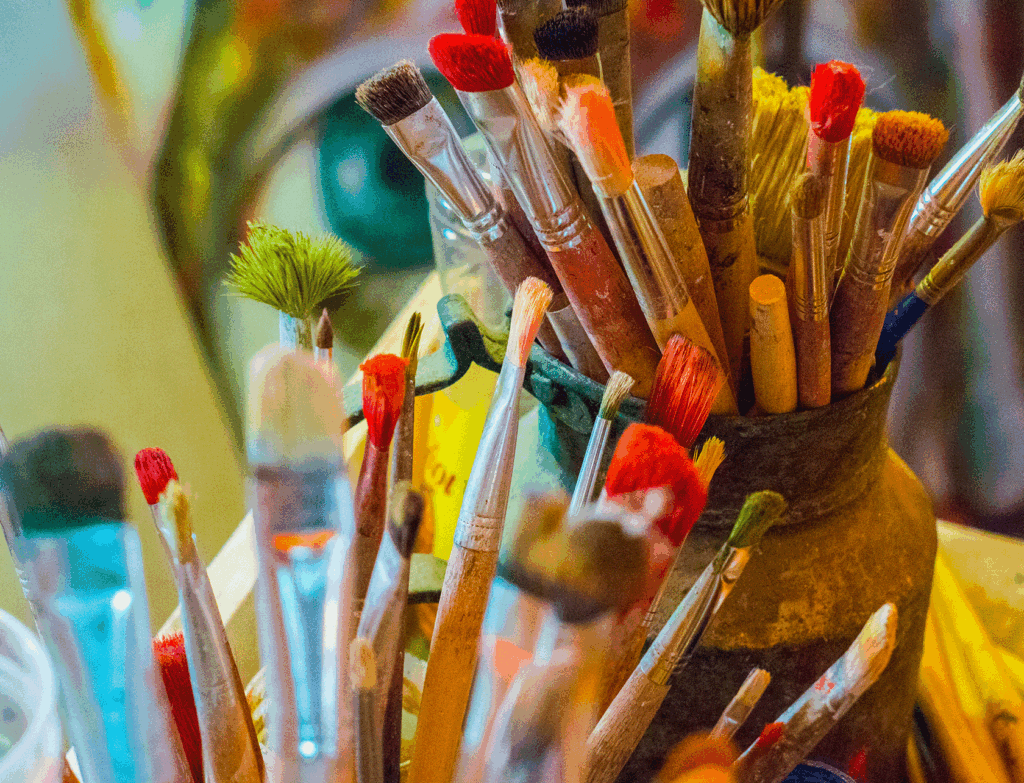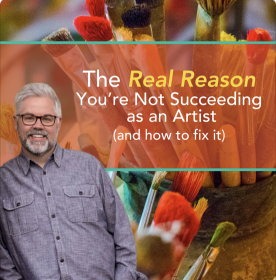
In the realm of visual arts, selling artwork is not just a matter of talent and creativity. Several critical factors play a significant role in fetching top dollar for your art. Understanding and leveraging these elements can greatly enhance the value and appeal of your work in the eyes of potential buyers. Here, we delve into the seven most important factors for artists aspiring to sell their work for top dollar: perception, location, quality of work, reputation, word of mouth, client niche, and availability of artwork.
1. Perception
Perception is a powerful tool in the art world. The way your art is perceived by potential buyers can significantly impact its value. This perception is shaped by how you present your work, the story behind it, and the emotional response it elicits. High-quality framing, professional photography of your pieces, and a well-curated portfolio contribute to a positive perception. Creating a strong, unique artistic style that resonates with viewers can also elevate the perceived value of your art.
2. Location
The location where your art is displayed or sold can greatly influence its price. Exhibiting in prestigious galleries, renowned art shows, or upscale locations adds a level of prestige and desirability to your work. Being featured in high-end areas implies that your art is of a certain caliber, attracting collectors who are willing to pay more for art they perceive as elite or exclusive.
3. Quality of Work
The intrinsic quality of your work is, undoubtedly, a fundamental factor. This encompasses not only the artistic skill and creativity involved but also the materials used, the longevity of the piece, and the attention to detail. High-quality, durable materials and a finish that stands the test of time are key considerations for buyers investing in art.
4. Reputation
An artist’s reputation can significantly drive up the value of their work. Building a strong reputation involves consistently producing high-quality work, participating in reputable exhibitions, and gaining recognition in the art community. Positive reviews, awards, and media coverage can also enhance an artist’s reputation, leading to increased demand and higher prices for their work.
5. Word of Mouth
Word of mouth is a powerful marketing tool in the art world. Recommendations from collectors, art critics, and fellow artists can elevate an artist’s profile and create a buzz around their work. Positive word of mouth, especially in tight-knit art circles, can quickly increase demand and the perceived value of your art.
6. Client Niche
Identifying and catering to a specific client niche can be a strategic approach to selling art for top dollar. By understanding the preferences and buying patterns of a particular group – whether it’s collectors of contemporary abstracts, traditional landscapes, or modern sculptures – you can tailor your work to meet the demand of this niche. A strong connection with a particular audience often translates to a willingness to pay more for art that resonates deeply with them.
7. Availability of Artwork
The principle of supply and demand plays a significant role in the art market. Limited availability can create a sense of exclusivity and urgency among buyers. By controlling the release of your work and keeping your production limited, you can enhance the perceived value and desirability of your art. However, it’s important to strike a balance – too little availability might limit your exposure, while too much can dilute the exclusivity of your work.
In conclusion, selling art for top dollar requires a strategic approach that goes beyond artistic talent. By focusing on perception, location, quality, reputation, word of mouth, client niche, and availability, artists can significantly increase the value and appeal of their work. Each of these factors contributes to creating a compelling narrative around your art, attracting high-end collectors and enthusiasts willing to invest in your creations. For artists looking to maximize their sales and establish themselves in the upper echelons of the art market, understanding and mastering these seven factors is crucial.
Remember, the journey of an artist is not just about creating; it’s about strategically positioning your work in a way that resonates with buyers and collectors. By doing so, you can turn your passion into a lucrative career that not only fulfills you creatively but also rewards you financially.
Need help with your art career? Check out the Created to Thrive Artist Mentoring Program and let us help you turn your art hobby into a consistent income stream so you can freely pursue God’s plan for your life as an artist.



Leave a Reply